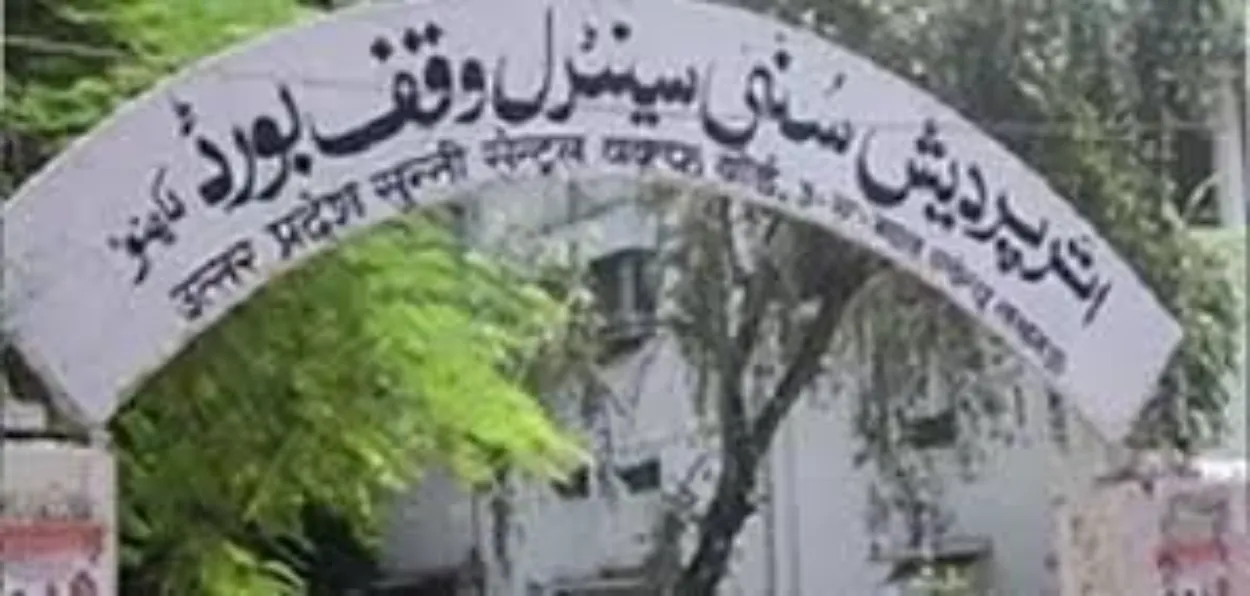
Ghulam Rasool Dehlvi
The Waqf Amendment Bill introduces 44 amendments including on on inclusion of women members and representation of Muslim communities like Shia, Sunni, Bohra, Aghakhani OBCs, and possibly Pasmanda. Why are the proposed changes important for the smooth functioning of the Waqf Board?
Raising awareness towards the Waqf as an institution is long overdue; high time to admit that the Waqf which has been used arbitrarily would have to be utilised for the community welfare, education, medical facilities, and the upkeep of the cultural heritage of Indian Muslims.
Waqf is an Arabic word meaning “hold” or “stop”. It implies bringing an end to the ownership of the proprietor. It’s a charitable endowment that typically involves donating a building, plot of land, or other assets for Islamic religious or charitable purposes. The donor is known as waqif. From the Mughal period till the late colonial times, all Awqāf were individually administered by Mutawallis and supervised by Qazis (Islamic jurists). The British rulers discontinued this administrative structure of Awqaf in 1810.
The Government of India enacted the Waqf Act 1995 and directed all the state governments to implement the Act for better administration of Waqf properties viz Dargahs, khanqahs, Ashurkhanas, Eidgahs, Imambaras, Anjumans, Mosques, Graveyards, and various other Islamic institutions used for charitable activities are all Waqf properties. Waqf Boards have a land bank of nearly 8.7 lakh properties spread over 9.4 lakh acres. With an estimated value of 1.2 lakh crores, the Awqaf is the third largest landowner after the armed forces and the Indian Railways.
The Waqf Boards were to work towards management, regulation, and protection of all the State Waqf properties by constituting District Waqf Committees, Mandal Waqf Committees, and Committees for the individual Waqf Institutions. However, these bodies did not fully serve their purposes. According to the Central Waqf Council, 24,831 cases of corruption in waqf properties are still pending in courts.
These properties are poorly maintained, encroached, and administered by ineligible people, and therefore the huge income coming from these doesn’t go to community empowerment, educational development, cultural enrichment, and literary enhancement.
If managed properly, the Waqf properties could generate sufficient income to meet the educational and other requirements of the affiliated community. These properties could create a rental income of at least Rs 15,000 to 20,000 crore annually if managed properly. As swathes of Waqf land are lying unattended, these are open to encroachments and land grab. The land grab is ‘religious corruption’ by the Khuddam, Mutawallis, and Gaddinashins of Dargahs.
Some of the major causes for poor administration of the Waqf Boards and non-fulfillment of their objectives are as follows:
The empowerment of the Waqf boards is inadequate, as most of the custodians—Mutawallis and Mujawirs—are the basic units in the Waqf administrations. Thus, most Waqf lands, especially the Dargahs are treated by the Mutawallis (custodians) as their personal properties. For instance -the offerings at Sufi shrines and Dargahs are appropriated by the Mutawallis. These Mujaris and Mutawallis do not seek grants or loans from the Central Waqf Council or Waqf Boards for the utilization and development of the Waqf properties. Instead of the construction of educational institutions and health centers, these lands are often used for commercial purposes. Rental is negotiated at a low level instead of extraneous considerations.
Currently, the Waqf Boards in different Indian states comprise Muslim MPs, MLAs, and others. But ironically, most of them are not equipped with the expertise required to make proper use of the Waqf properties. More deplorably for Muslims in India, the Waqf Boards have been an avenue of opportunity for political patronage by certain local leaders.
Both the elected and appointed members have had affiliations with some political parties. In discharging their duties, political loyalties have often surpassed constitutional responsibilities. Encroachment by radical elements also surrounded various Waqf Boards. There has been an increasing dominance of radical and biased religious elements in the Waqf properties mostly in urban cities and towns. This gave scope to misuse of such properties and at the same time unauthorised expansion in the name of religion.
In addition, the poor administration, political apathy, encroachment, and community leaders’ indifference or oblivion to the key challenges of the Waqf Boards, have aggravated the issue. Therefore, there was an urgent need for an overhaul of the whole system and a major paradigm shift in the management of Waqf.
Now the new Waqf Amendment Bill, in this backdrop, seeks to revoke the earlier Waqf Act (1923) and will alter the structure of the existing Waqf Act (1995). By introducing 44 amendments for the better functioning of Awqaf, and enhancing 'inclusivity' by ensuring women's representation the Bill can change the course of the Central Waqf Council as well as State Waqf Boards.
As there was no database for mapping the Waqf lands that have been illegally encroached, numerous cases of breach of regulations have been registered. Several states have not yet updated their database for many years. For instance, the last survey of Waqf properties in Rajasthan was conducted in the 1960s and was notified by a Govt Gazette in 1965. Thereafter, a subsequent survey was ordered in the year 2000, but it is yet to be completed even after so many years. Therefore, the Waqf Amendment Bill seeks to insert new sections 3A, 3B, and 3C. It provides for certain conditions of Waqf, filing of details of Waqf on portal and database, and prevention of wrongful declaration of Waqf properties.
